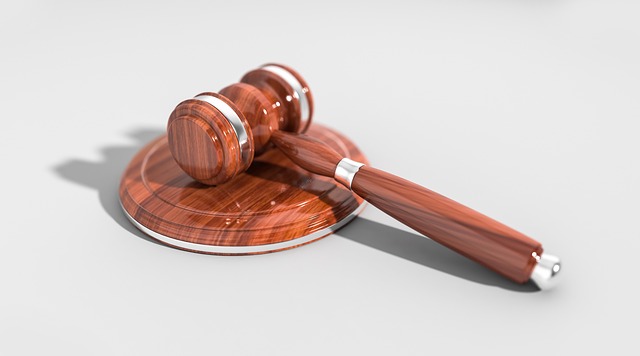Personal injury contingency fees offer clients a flexible alternative to traditional legal costs, with lawyers receiving a percentage (25-40%) of any settlement or award. Rates vary based on case complexity, potential reward, risk level, and attorney experience. Open communication about these structures is crucial for transparency, as clients remain liable for certain case-related expenses despite the contingency arrangement.
Curious about how much a personal injury contingency fee lawyer charges? This guide breaks down everything you need to know. Personal injury lawyers often work on a contingent fee basis, meaning they don’t get paid unless they win your case. Understanding these fees is crucial for navigating legal costs after an accident. We’ll explore the factors influencing these rates and provide average ranges to help you estimate potential outlays. By the end, you’ll be better equipped to discuss compensation with any lawyer considering for your personal injury case.
- Understanding Personal Injury Contingency Fees
- Factors Influencing Lawyer Contingency Rates
- What You Can Expect: Average Contingency Fee Ranges
Understanding Personal Injury Contingency Fees

Personal injury contingency fees have become a common arrangement in personal injury cases, offering a mutually beneficial agreement between clients and their lawyers. Instead of paying an upfront retainer fee, clients agree to pay their lawyer a percentage of any settlement or award they receive as a result of their legal services. This structure is particularly attractive for those who cannot afford traditional legal fees but still require skilled representation.
In personal injury cases, the contingency fee typically ranges from 25% to 40% of the total settlement amount. The exact percentage can vary depending on several factors, including the complexity of the case, the lawyer’s experience in similar cases, and the risk involved. While this arrangement provides financial accessibility, it’s important for clients to understand that they are still responsible for certain costs associated with their case, such as court fees and expert witness expenses.
Factors Influencing Lawyer Contingency Rates

Several factors influence the rates charged by personal injury contingency fee lawyers, which can vary significantly from one practice to another. These attorneys typically work on a contingent basis, meaning their fees are linked to the outcome of the case. The complexity and potential financial reward of a case play a crucial role in determining the contingency rate. High-stakes cases, such as business litigation or wrongful death claims, often attract higher rates due to the larger monetary outcomes at play.
Additionally, personal injury lawyers consider the risks involved in taking on a case. Cases with stronger legal merits and more predictable outcomes tend to have lower contingency fees compared to those with uncertain legal paths or significant risks of loss. The lawyer’s experience and expertise in handling similar cases can also impact the rate, as seasoned attorneys may command higher fees based on their proven track record.
What You Can Expect: Average Contingency Fee Ranges

When considering hiring a personal injury contingency fee lawyer, understanding their billing structure is crucial. Contingency fees are based on a percentage of the settlement or court award, typically ranging from 25% to 40%. This means that if your case results in a favorable outcome, the lawyer’s compensation is directly linked to the success of your claim. For example, an auto accident attorney operating on a 30% contingency fee basis will take 30% of any damages awarded in court, while you keep the remaining 70%.
These averages can vary depending on several factors, including the complexity of your case, the jurisdiction, and the lawyer’s experience. Personal injury cases involving medical malpractice or complex litigation might command higher contingencies due to their intricate nature. Conversely, straightforward auto accident cases could secure a lower percentage. Remember, discussing fees openly with potential legal representatives is essential for transparency and ensuring you’re comfortable with their billing structure.
When considering a personal injury contingency fee, understanding the various factors at play is key. From case complexity and duration to lawyer experience and local rates, these influences dictate the final percentage. On average, contingent fees range from 25% to 45% of the settlement or verdict, offering a potential savings for clients while incentivizing legal representation. Remember, each case is unique, so discussing fees openly with a qualified attorney is essential to ensure you’re well-informed and protected throughout your personal injury claim journey.






